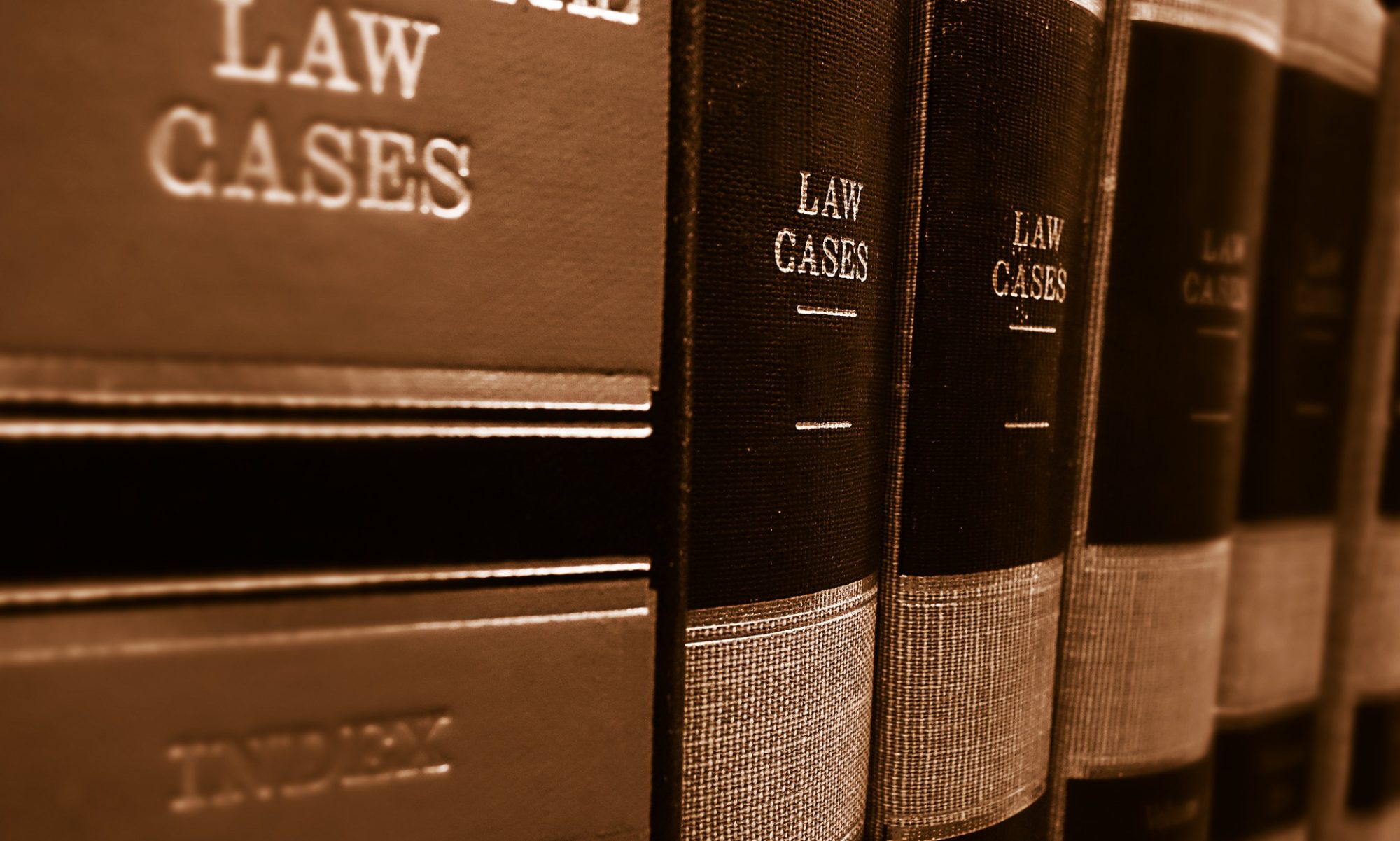
Every collective bargaining agreement, or CBA, between a union and agency provides for a mechanism to ensure the law and contract are being followed. That mechanism is the negotiated grievance procedure. A grievance can have several meanings and is generally defined in the CBA between the Agency and Union.
A grievance typically involves any complaint filed by any employee, a group of employees, the Union and/or Agency concerning any matter relating to:
1. The employment of one or more employees;
2. The effect or interpretation, or a claim of breach, of a provision in a collective bargaining agreement; or
3. Any claimed violation, misinterpretation, or misapplication of any law, rule, or regulation affecting conditions of employment.
The scope of a grievance, who can file a grievance, how to file a grievance and when a grievance must be filed are all generally provided for in the CBA. It is critical, therefore, that if you believe you have been subjected to any action and/or suffered from a personnel decision that should be the subject of a grievance that you read and review the grievance procedures set out in the CBA, contact your union and/or contact our firm immediately to discuss your rights. Some examples of the most common types of grievances are disputes over tours of duty, working conditions, overtime and other premium pay, and appeals of disciplinary actions.
While the procedures for filing and pursuing a grievance vary depending on the CBA, most grievance procedures include a one to three step process that requires the employee or union to file successive grievances. In some cases, a grievance must be filed on a specific form; in those cases, forms are typically included in an Appendix to the CBA and the grievance should be submitted using that form. If there is no grievance form, then a grievance can be filed in any format, but typically must be in writing. Each successive grievance is elevated to a higher level, Agency official.
The step one grievance is usually filed with the immediate supervisor or lowest level agency manager that can resolve the dispute. In some cases, the CBA will require the parties to meet and confer to try to resolve the dispute at step one; some contracts may require the parties to engage in an informal step prior to step one.
The time limits for filing a grievance also vary, but generally range anywhere from five to fifteen days to file each successive grievance. At each step, the grievance will be reviewed by the relevant Agency official, who will issue a grievance decision, which then starts the clock for the next step of the grievance procedure.
If, after all steps of the grievance procedure, the matter has not been satisfactorily resolved, the union has the right to invoke arbitration. Arbitration is the binding determination of a dispute, by an independent third party, or Arbitrator. The Agency and Union agree to hand over the power to decide the dispute to the Arbitrator and to be bound by the Arbitrator’s decision. Arbitration is an alternative to and is less formal than court action, but has the same finality and is binding on all of the parties.
If you would like to discuss the grievance process, or believe that you have a viable grievance call or email our law firm today.